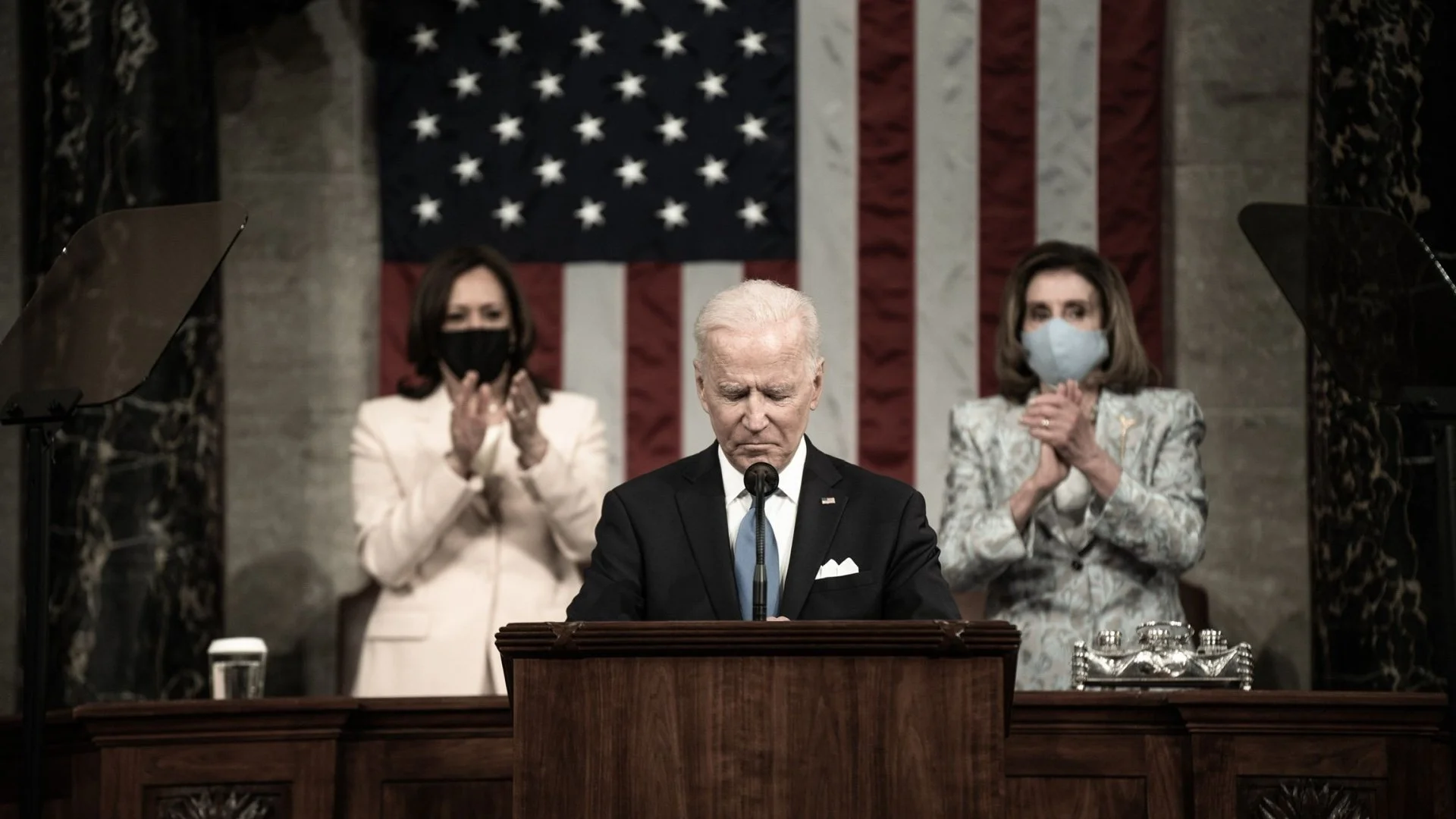Study: Dem-backed bill could slash charter school student funding
By David Bass, Carolina Journal
A new study from researchers at the University of Arkansas and Western Carolina University finds that a Democrat-backed budget bill pending in Congress would slash an average of $1,131 per student in resources for charter schools.
The exact amount of the budget reduction depends on how House Resolution 4502 — if passed in its current form — is interpreted, according to the researchers.
The bill would eliminate all federal funding for charter schools that contract with for-profit organizations. The main target appears to be charter-school management organizations that are organized as for-profits and oversee a network of charters. But the wording is vague enough to apply to charters that contract with any private company, even those delivering educational, nutrition, or transportation services to students.
“Policymakers should approach bills like H.R. 4502 with extreme caution, as it will reduce funding for disadvantaged students attending charter schools, and instead ensure that funding is tied to student need rather than the type of public school a student attends,” said Patrick J. Wolf, 21st century chair in school choice in the Department of Education Reform at the University of Arkansas.
Low-income students could bear the brunt of the cost-cutting. Researchers found that charter schools managed by for-profit entities “tended to enroll larger proportions of low-income students than [traditional public schools] and tended to face larger funding gaps than other types of charter schools did, making additional cuts especially concerning.”
In addition to outlining the dollars-and-cents cost of H.R. 4502 to charter schools, researchers sought to dispel three myths about charter school funding.
The first is that funding for charters is equitable to traditional public school funding. “Charter schools are systematically underfunded relative to [traditional public schools] and funding gaps are unrelated to the proportion of low-income students they serve,” the researchers wrote.
The second myth is that charter schools siphon taxpayer funds away from traditional public schools, when in fact charters “are public schools that dedicate a higher proportion of their funds to student instruction than [traditional public schools] do.”
The third myth addressed by researchers is that charters receive more non-public funding per public compared to traditional schools and so are not as reliant on public funding. The response: “During many years and in numerous cities, charter schools receive less nonpublic funding per pupil than [traditional public schools] do and rely almost exclusively on funding from public sources.”
“We suspect that bills like these are motivated by misunderstanding the realities of charter school expenditures,” said another researcher on the project, Angela Dills of Western Carolina University.
The findings in this report are based on an analysis of revenue and expenditures in 18 major U.S. cities during the 2017-2018 school year. This report is the final report in a series of four published by the research team based at the University of Arkansas.



